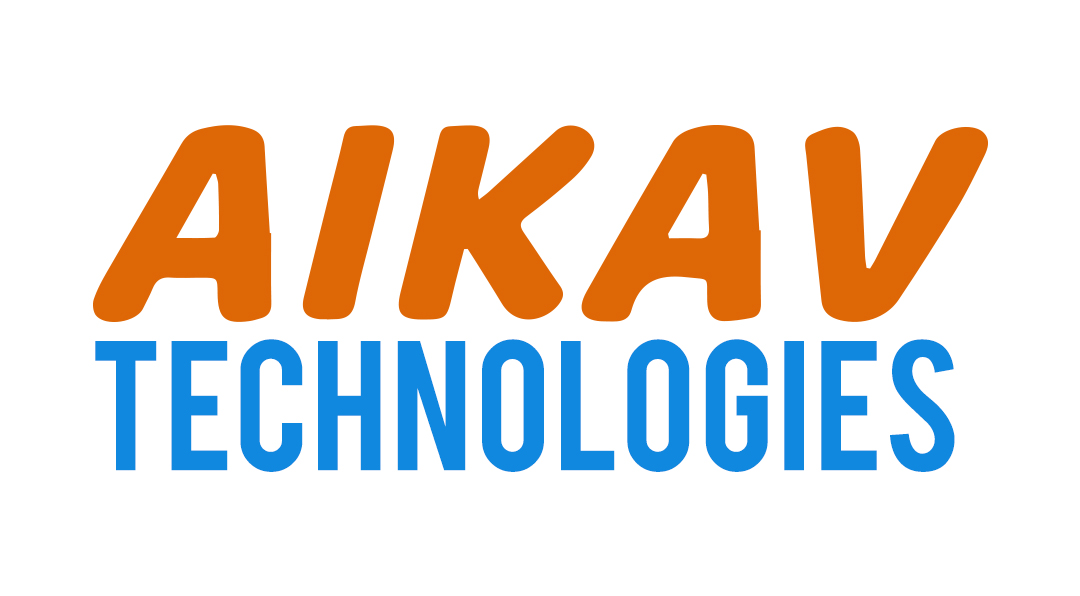
Design-to-code has always been a tedious part of web development—until now. With Drupal 11, AI integrations and smarter tooling are closing the gap between design mockups (like those from Figma) and real, functional Drupal pages.
In this post, we’ll explore how AI, Figma, and Drupal 11 work together to auto-generate layouts, content, and even component logic—giving developers and designers a faster, smarter workflow.
🧩 Why This Matters
Traditionally:
Designers create wireframes in Figma
Developers manually rebuild them in HTML/CSS/Drupal templates
Hours are spent converting visuals into layout regions, blocks, and fields
Now, with AI-powered layout interpreters and Drupal's flexible architecture, we can:
✅ Analyze Figma files
✅ Extract design tokens and layout structure
✅ Automatically create Paragraphs, Layout Builder blocks, or custom templates in Drupal
✅ Even fill in content placeholders with AI-generated text
🔧 How It Works (High-Level Flow)
Figma → JSON Export
Figma lets you export the design structure as a JSON object (via plugins or Figma API).AI Parser → Component Detection
Use OpenAI (GPT-4), Claude, or Hugging Face models to interpret this JSON into logical layout regions.Drupal Layout Generator
A custom module/script processes the AI output and:Creates Layout Builder sections
Adds Paragraphs
Maps content types or views
⚙️ Step-by-Step Setup
Step 1: Export Figma Design
Use a plugin like Figma to JSON, or Figma’s REST API:
This will give you a JSON structure with:
Frames
Components
Hierarchy
Text values
Image URLs
Step 2: Use AI to Convert to Drupal Blocks
Feed the JSON to a language model like OpenAI
$client = \Drupal::httpClient();
$response = $client->post('https://api.openai.com/v1/chat/completions', [
'headers' => [
'Authorization' => 'Bearer YOUR_OPENAI_KEY',
'Content-Type' => 'application/json',
],
'json' => [
'model' => 'gpt-4',
'messages' => [
[
'role' => 'user',
'content' => "Convert this Figma JSON layout into a Drupal Layout Builder definition with blocks: " . $figma_json
]
],
]
]);
$data = json_decode($response->getBody(), true);
$layout_output = $data['choices'][0]['message']['content'];
Step 3: Create Layout in Drupal
If you use Layout Builder, you can programmatically add sections like this
$entity = \Drupal::entityTypeManager()->getStorage('node')->create([
'type' => 'page',
'title' => 'AI Generated Page',
]);
$entity->layout_builder__layout = [
'layout_id' => 'layout_onecol',
'section_storage' => 'overrides',
];
$entity->save();
🤖 AI Suggestions for Content & SEO
Once the layout is generated, you can even use AI to fill in placeholder content
$response = \Drupal::service('openai.api')->chat("Generate a welcome headline for a startup homepage");
$headline = $response['message'] ?? 'Welcome to our website!';
This works well for:
Headers
Hero descriptions
Button texts
Meta descriptions (for SEO)
📦 Bonus: Modules You Can Use
| Module | Use |
|---|---|
OpenAI (drupal/openai) | AI content generation |
| Layout Builder | Visual layout composition |
| Paragraphs | Flexible content sections |
| Figma API Integration (custom) | Pull design JSON |
| AI Paragraph Generator (custom) | Generate paragraph fields based on AI output |
✅ Final Thoughts
Drupal 11 isn’t just a backend CMS anymore—it’s becoming a bridge between design, content, and AI automation. With tools like OpenAI, Hugging Face, and Figma’s API, developers can now skip hours of repetitive layout work and focus on building smarter, design-consistent websites faster than ever.
The dream of “Figma to Drupal with one click” is closer than you think
